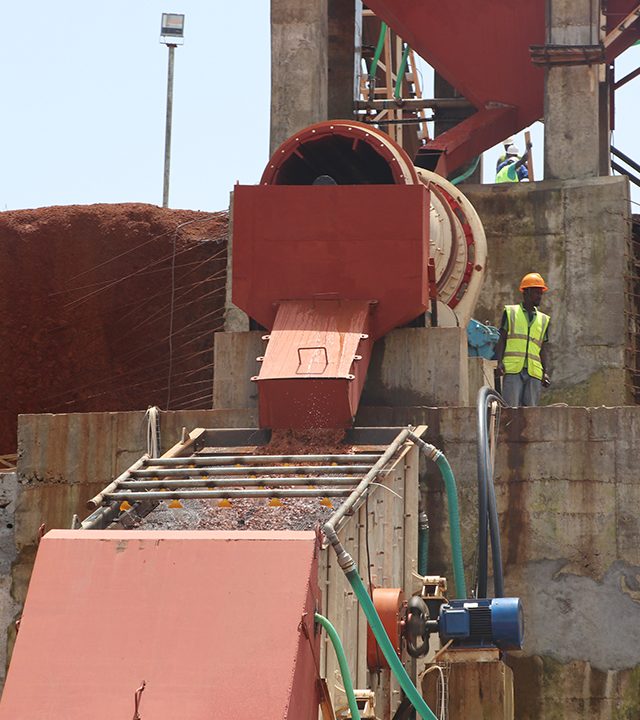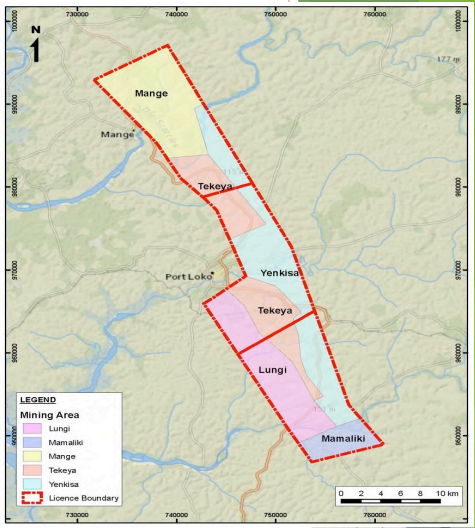Technical Summary
Of Port Loko Bauxite
technical summary of port loko bauxite
Bauxite in the port loko area occurs as a series of elongated lenses / pods in various low lying plateaus / blocks at an elevation of 60m to 80m
The bauxite is gibbsitic in nature and amenable to dry and wet beneficiation processes. Similar types of bauxite formed on Kassila series of rocks are being mined and beneficiated at Gondama and Mokanji areas.
Bauxite areas are generally buried beneath an over burden of between 1m and 5m of soft soil mixed with lateritic gravel. The thickness of the bauxite layer varies from 3m to 11m and on average is 5m.
The three main bauxite areas within the Port Loko concession from north to south are; Mange-Gbonkomakent, Yenkisa-Tekeya-Lungi and Mamaliki. The subject of most explorationin the Yenkisa-Tekeya-Lungi area.

Port Loko Bauxite Geology
Sierra Leone is a resource-rich country, which is currently focused on Bauxite mining for the following reasons:
- Bauxite is composed mainly of hydrous aluminium oxide minerals (gibbsite, boehmite and diaspore), clays, and iron-oxide minerals. These minerals are derived from the weathering of feldspars and other minerals in the Kasila metamorphic rocks.
- Higher-grade bauxite pods tend to be elongated northwest-southeast, following the trend of the favourable parts of the underlying Kasila Group rocks.
- The Port Loko bauxite deposit is considered to be of medium grade with an average grade of approximately 46% alumina and 6% silica.
- Bauxite areas are generally buried beneath an overburden of between 1 and 5m of soft soil mixed with lateritic gravel
- The thickness of the bauxite layer varies from 3 to 11m and on average is around 5m.

Recent Posts
Work On Going At Port Loko
- admin
- 27 January 2022
This bauxite bearing belt covers an area of 375 km2 in the Port Loko District, which is located in the Northern Province of Sierra Leone.

